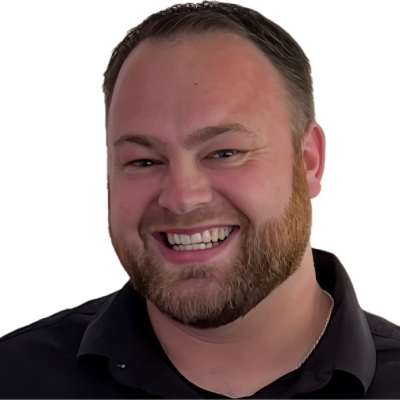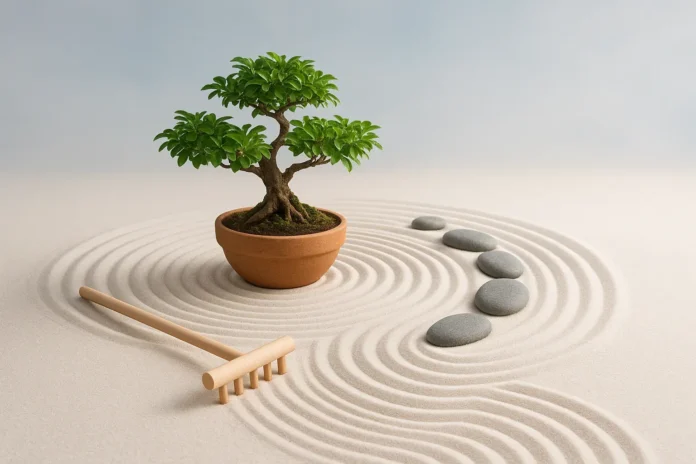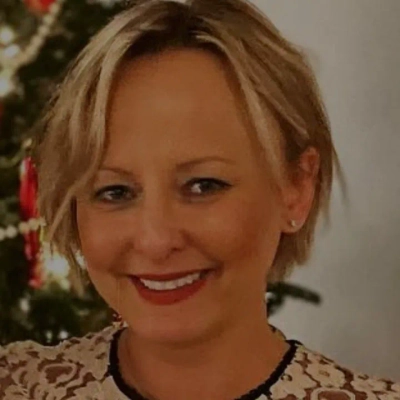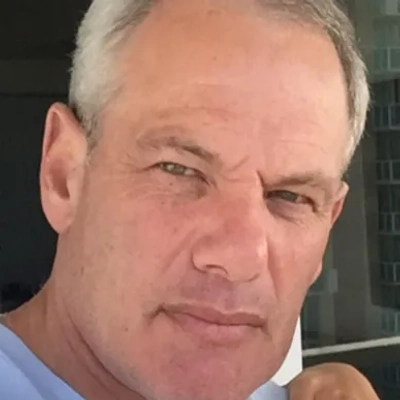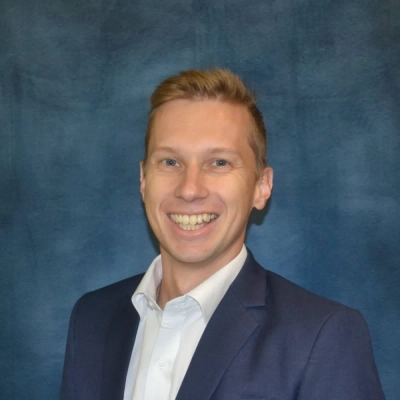Unique Skills Entrepreneurs Use to Combat Startup Burnout
Entrepreneurship demands unique mental resilience strategies that extend beyond conventional business advice. This article presents practical techniques for combating startup burnout, featuring insights from successful founders and industry experts. From structured journaling to strategic patience, these proven methods help entrepreneurs maintain clarity and purpose while building sustainable businesses.
- Hands-On Work Builds Team Understanding
- Climbing Reconnects with Core Business Purpose
- Physical Training Enhances Decision Making
- Leading with Trust Builds Lasting Teams
- Physically Leaving Creates Space for Success
- Strategic Stillness Transforms Work Approach
- Task Batching Reclaims Focus and Time
- Voice-Note Walks Transform Problems into Solutions
- Step Away to See Work Holistically
- Strategic Patience Prevents Chaos and Burnout
- Photography Documents Gratitude Beyond Work Challenges
- Saying No Protects Energy and Growth
- Structured Journaling Reveals Work Pattern Insights
- Journaling Creates Emotional Sanctuary Without Judgment
- Decision Framework Reduces Mental Load
- Physical Work Provides Mental Rest Switch
- Bedtime Sketching Resets Mental State
- Mindful Time Management Brings Clarity
Hands-On Work Builds Team Understanding
Running a cleaning company since 2007, the unexpected skill that saved me from burnout was learning to actually clean alongside my team during overnight shifts. Not just inspecting–actually scrubbing floors, sanitizing restrooms, and power washing parking lots at 2am.
When we almost lost a major medical facility contract in 2015 because they complained about “inconsistent quality,” I started working the overnight shift with my crew for three months straight. I found our team was rushing the high-touch surface disinfection because they didn’t understand *why* it mattered–they just saw it as extra work. Once I experienced the physical exhaustion firsthand, I restructured our schedules to give 15-minute breaks every two hours instead of one long break, and our contract renewals jumped from 60% to 92%.
The real burnout killer? When you’re physically exhausted from mopping 50,000 square feet of warehouse floor, your brain stops obsessing over invoices and marketing plans. I sleep better on nights I work a shift than when I’m stuck in meetings all day. Now I block one overnight shift per month on my calendar, and our employee retention improved dramatically because they see I’m not just pushing papers–I know exactly how demanding this work is.
Climbing Reconnects with Core Business Purpose
I’ve been in high-rise window cleaning since 1977, and burnout almost killed this business in the early 2000s. The unexpected skill that saved me? Learning to climb myself again.
Every few months I still strap into a bosun chair and clean windows alongside my crew for a full day. It’s physical work that completely shuts down my brain from permits, OSHA paperwork, and union negotiations. When you’re 30 stories up focusing on not dying, you can’t stress about payroll.
This isn’t about staying humble or whatever–it’s selfish recovery time disguised as work. After these days, I sleep like a rock and make better decisions for the next two weeks. We landed our biggest hospital contract (47-story building in Manhattan) the week after one of these sessions because I was sharp enough to spot what they actually needed in the RFP.
My team thinks I do it to keep them honest. Really, it’s the only thing that’s kept me from walking away from this business during the brutal stretches. Physical exhaustion beats mental exhaustion every single time.
Physical Training Enhances Decision Making
Physical Performance Training. I know that sounds counterintuitive when you’re already exhausted, but hear me out. Running Castle of Chaos for over 20 years while launching multiple other ventures (Alcatraz Escape Games, Escape Utah, ChaosFX) taught me that mental burnout often shows up as physical tension first.
I started training actors at Castle of Chaos to improvise and physically adapt to guests in real-time–sometimes for hours during our intense Level 5 experiences. That required serious stamina. I realized if I expected my team to maintain that energy, I needed to model it myself. So I began treating my body like an athlete would, not just a business owner sitting at a desk.
The impact was immediate. When I’m physically conditioned, I make better decisions under pressure. Last Halloween season when we were running both the haunted attraction and escape rooms simultaneously, I noticed I could work 14-hour days without the mental fog that used to hit me by noon. My patience with problem-solving improved, and I stopped making reactive decisions when challenges popped up.
The practical application: I schedule physical activity the same way I schedule investor meetings–non-negotiable blocks on my calendar. Even 20 minutes of movement before tackling a difficult problem changes everything. Your body and brain aren’t separate systems, and entrepreneurship is an endurance sport.
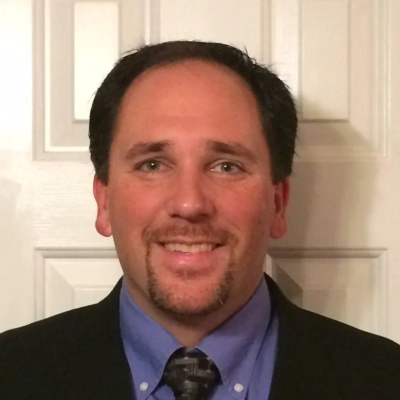
Leading with Trust Builds Lasting Teams
When we were still a startup, it often felt like we were running on pure adrenaline. Every day was about putting out fires, meeting deadlines, and trying to maintain quality at the same time. I was involved in everything – reviews, approvals, follow-ups, thinking that was what good leadership looked like. But it wasn’t. It was a burnout disguised as control.
Over time, I realized that if I wanted Bryt to grow beyond constant firefighting, I had to change how I led. That’s when I switched to what I call a ‘No Micromanagement’ policy.
I started delegating with trust, not instructions. Instead of telling people how to do things, I told them what outcome we needed and gave them the space to figure out the rest.
It wasn’t instant, but the team gradually started taking full ownership. Their confidence grew, our quality improved, and I finally had the bandwidth to focus on the bigger picture. Looking back, that shift changed everything.
It’s been years since those early days, and most of those same people now lead teams across Bryt. If I had to name one skill that’s shaped my entrepreneurial journey, it’s learning to lead with trust, because trust builds teams that last.

Physically Leaving Creates Space for Success
I learned to physically leave the building mid-shift, even for just 15 minutes. After nearly a decade running The Nines, I realized I was making worse menu decisions and snapping at suppliers when I’d been on the floor for 8 hours straight without stepping outside.
Now I take a proper break away from the cafe–not in the office, not out back, but actually *gone*. I’ll walk to the beach or just sit in my car. When I came back from one of these breaks, I finally cracked our monthly specials format that Lani now runs with, which has become one of our biggest drawcards.
The weirdest part? My team performs better when I’m not hovering. Fletcher went from dishie to manager because I gave him space to figure things out instead of micromanaging from a place of exhaustion. Our turnover dropped and suddenly we had staff sticking around for 3-5 years instead of burning out in 6 months.
I’m not “disconnecting” digitally–I’m literally removing my body from the space. Sounds stupidly simple, but in hospitality where you feel guilty leaving during service, it’s the hardest boundary to set and the most effective one I’ve found.
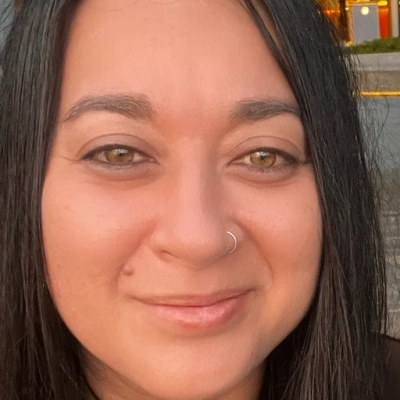
Strategic Stillness Transforms Work Approach
I learned to treat mental rest with the same discipline I once gave to athletic training. As a former NCAA tennis champion, I was used to pushing harder when things got tough. But entrepreneurship taught me that rest isn’t the opposite of productivity; it’s part of it. I started practicing what I call “strategic stillness,” where I pause mid-day, step outside, and do absolutely nothing for ten minutes. No phone, no agenda, no multitasking. That small window quiets the noise, resets my perspective, and brings back clarity before making big calls.
It’s funny how something so simple can reshape how you work. Those quiet breaks helped me handle pressure with more composure and spot opportunities I might’ve missed when running on fumes. Now, I encourage my team to do the same, and it’s made our entire operation steadier and more thoughtful.

Task Batching Reclaims Focus and Time
Burnout happens when you don’t impose structure on repetition. I used to space out menial work (approvals/reports/internal signoffs) because I thought it kept my day varied. What it actually did was fragment my focus between 30+ microtasks every 90 minutes. I began batching everything dull into one two-hour block, three days per week. That one change unlocked over 12 hours/month and ended the rancor I’d developed against the work I don’t like but can’t delegate.
It could be said this changed the entire emotional cadence of my week. I’m sure it sounds trivial, but the difference between “constantly playing catch-up” and “two hours of tunnel vision” is the difference between burning out and scaling. I’ve always believed burnout isn’t the result of energy depletion as much as it is output decay hiding in poor structure. And speaking frankly, once I stopped fooling myself into thinking every task should be equally enjoyable, I reclaimed 90 percent of my mental endurance.
Voice-Note Walks Transform Problems into Solutions
Voice-note walks turned out to be my unexpected remedy for burnout. During an extremely busy week, I began to take 15-minute walks and speak my problems into the phone. Listening to my own voice made me focus, reduced the mental noise, and thus anxiety turned into precise steps to follow. I returned with a calm mind, three priorities, two things to let go, one person to brief, then I had a good sleep and executed.
Actionable steps: choose a short route, start recording, and reply to three questions: what is important today, what can be postponed, and what will I stop doing. Limit it to 10 to 15 minutes, then write down your speech and transform it into tasks. This practice eliminated late-night thinking, facilitated better communication amongst the team, and allowed me to deliver without going through the 2 a.m. spiral. Try it for a week and find out if your mind is lighter by noon.

Step Away to See Work Holistically
From someone who has successfully created and sold several start-ups and worked with portfolio companies of various venture capital/private equity groups, I’m in constant exposure to the start-up environment. Even now, I’m on my 7th startup.
Burnout is directly related to unrealistic goal setting and being overly ambitious with your product rather than seeing it from the point of view of your target audience. Most successful products have succeeded because of their simplicity, minimalism, ability to deliver what’s promised, and quality of the product once delivered.
So, one of the things I advise start-up management as a management consultant now, is to break down the long-term strategy into simple, achievable goals with a “minimal viable product” strategy. This is easier said than done, trust me, as start-ups/founders always want to put in more. But, it is this very balance between MVP and wanting to deliver more capabilities/features that leads to success.
Now to directly address your questions about what “skill” made a difference. Aside from the above strategic balance, the personal skill to learn is to step away from whatever you are doing. I remember going back to my early start-up days, where at 5 am I would just start working non-stop until evening when I couldn’t work anymore. And while working, I would create more and more things for me to “do”. That creates the never-reachable goal post. Once I started to step back – take a break, go for a walk, use some silent time, go on a road trip, etc. – that’s when the “reflection” came in. When I could see the entire project/work I was doing as a “whole” and clearly see what I could eliminate as unnecessary tasks. By doing so, it also became easier then to outsource the low-medium priority tasks to freelancers, while working only on the high-priority tasks myself. This creates the efficient model for startup owners – and is practically universal no matter the business type they have.

Strategic Patience Prevents Chaos and Burnout
One unexpected skill I’ve developed is strategic patience. Early in my entrepreneurial journey, especially when managing high-stakes government contracts, I realized that rushing decisions or overextending my team led to unnecessary stress and burnout. Learning to step back, prioritize projects based on capacity, and focus on sustainable progress rather than speed alone became a critical skill.
This approach has transformed how I manage both people and projects. By applying the “120% rule,” ensuring our backlog never exceeds our capacity, we prevent chaos, maintain quality, and give our team room to think and execute effectively. Strategic patience also allows me to navigate bureaucratic hurdles, compliance demands, and labor shortages with calm and clarity, turning potential frustrations into manageable challenges.
Ultimately, this skill has made a tangible difference: it safeguards our team’s well-being, preserves our reputation for reliability, and ensures long-term growth without compromising quality or morale.
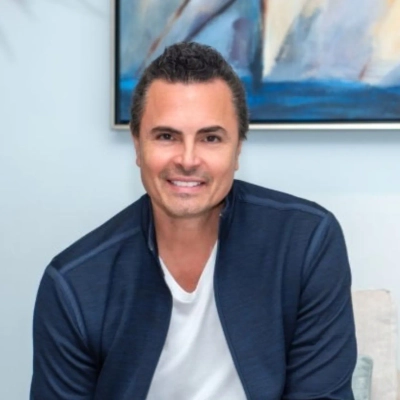
Photography Documents Gratitude Beyond Work Challenges
One unexpected skill that has been instrumental in managing startup burnout is photography as a gratitude practice. I developed a habit of documenting daily moments I appreciate through photos, capturing everything from my morning espresso to meaningful family visits. This consistent practice, which I maintained for three months, helped shift my perspective from stress to appreciation during intense business periods. The visual documentation created a tangible reminder of life’s positive aspects outside of work challenges, which proved invaluable during the most demanding phases of my entrepreneurial journey.

Saying No Protects Energy and Growth
Learning to say no to revenue became my most valuable burnout-prevention skill. We now turn down rush jobs, difficult clients, and projects outside our expertise even when we need the money. Every bad project costs more in stress, reputation risk, and team morale than the revenue is worth. Early-stage founders think every opportunity is life-or-death, but protecting your energy and focus by being selective is what enables sustainable growth. Desperation attracts terrible clients; boundaries attract great ones.

Structured Journaling Reveals Work Pattern Insights
The practice of structured journaling proved to be an unanticipated ability which brought significant improvements to my work. I began by writing down three main obstacles, my completed work, and one area for improvement each day. The practice allowed me to identify recurring patterns which revealed when scope expansion occurred and when I spent time fighting fires instead of delegating work. The system enabled me to forecast and handle burnout periods during high pressure sprint cycles and essential deployments.
The method enhanced my ability to conduct engineering retrospectives as a leader. The team transitioned from treating symptoms to identifying and solving fundamental problems which included poor estimation methods, unclear handovers, and overcomplicated feature development. The improved clarity brought benefits to all members of the team beyond my individual performance.

Journaling Creates Emotional Sanctuary Without Judgment
Journaling became my outlet for expressing myself through unorganized writings that mirrored the chaos of my thoughts. The journal became my sanctuary to express all my unprocessed emotions and unfinished ideas from the busy days. The practice allowed me to express my true self before I attempted to show strength to others.
The practice of journaling did not solve burnout, but it helped me to feel more at peace. The practice showed me that I have the right to experience all emotions, including grief and celebration, without needing external validation. The practice of softness provided me with greater power than any strategy I had ever tried.

Decision Framework Reduces Mental Load
One unexpected skill I’ve developed that’s been crucial in managing startup burnout is creating a structured decision-making framework. When launching Salient PR, I found myself experiencing severe decision fatigue that was affecting both my energy levels and client responsiveness. Implementing a clear framework for different types of business decisions has significantly reduced the mental load of constantly switching between various roles and responsibilities. This approach has transformed how I allocate my mental resources and has been instrumental in sustaining my entrepreneurial momentum during challenging periods.

Physical Work Provides Mental Rest Switch
One of the things that has helped me through startup burnout was something I never expected: to learn to toggle back and forth between physical work and mental work at the flip of a switch. Whenever I feel like the stress is becoming too much or I’m slowing down, I’ll walk away from my desk and head out to the shop to build something with my hands. Doesn’t matter if it’s a small drawer box or a cabinet panel, all I have to do is put a few boards together and see things take shape.
This frees up my brain to rest while still staying engaged with my business. It’s amazing how much of a difference twenty minutes with sawdust on my boots can make in my energy and my attitude. What surprised me is how a simple change like that can make a big difference in my mood and my problem-solving as well. The ability to shift gears back and forth became a pressure release valve that helped me stay both sharp and present. In a business where every detail matters, sometimes the smartest decision is to grab a piece of wood with your hands, clear your head, and let the answers come to you while you work. That’s been the habit that has helped me power through thirty-six years of long days, tight deadlines, and more unexpected twists than I can count.

Bedtime Sketching Resets Mental State
I started sketching before bed. Nothing fancy, just pencil and paper. Ten minutes of simple shapes or shading resets my brain better than sleep ever could. That shift in routine gave me a way to shut down stress, clear my thoughts, and slow everything down without needing a screen or noise.
It’s made my mornings more steady, which means I’m not starting the day already burned out. Since I began doing this nightly, I’ve made fewer rushed decisions and taken more time before reacting. The guys on the team picked up on the change before I even talked about it. You keep going longer when your head isn’t sprinting all day.

Mindful Time Management Brings Clarity
An unexpected skill I’ve developed to manage startup burnout is mindful time management—not just scheduling tasks, but being deliberate about where I focus my energy each day. In the early stages of the business, I treated every fire as equally urgent, which left me drained and reactive. Over time, I learned to step back, identify the high-impact activities that truly move the business forward, and protect time for rest and reflection. Even small practices, like setting boundaries on calls or dedicating a few hours a week to strategic thinking, made a huge difference in reducing stress.
Honing this skill gave me clarity and control. Instead of feeling constantly pulled in every direction, I can prioritize what matters most and recharge without guilt. It also sets a tone for the team because when they see leadership valuing focus and balance, they adopt it too, and that improves productivity and morale across the company.
